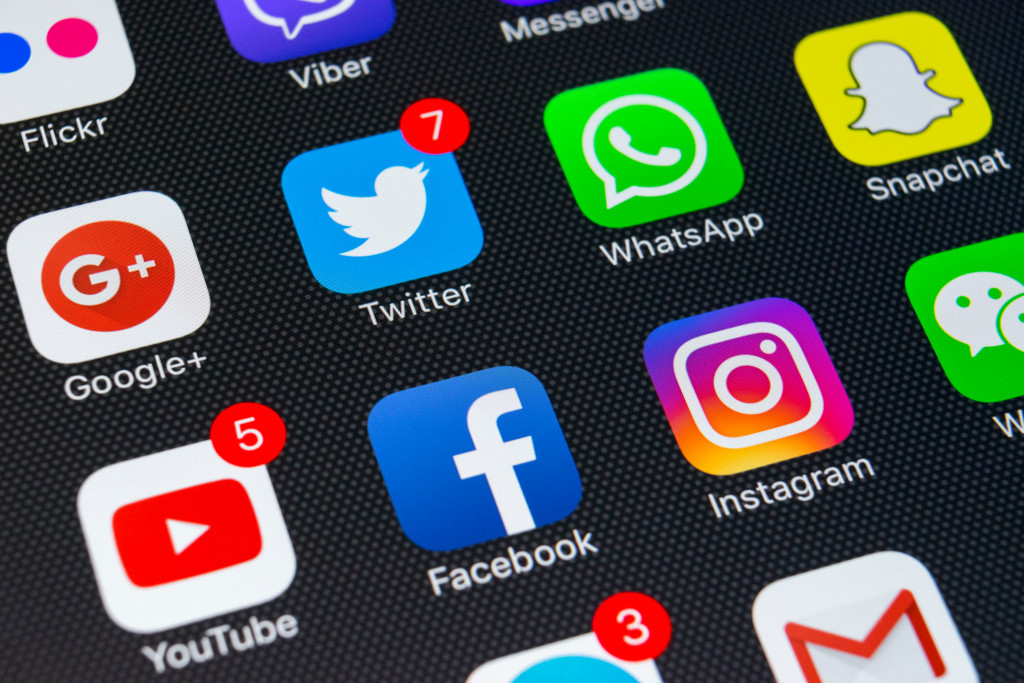Does influencer marketing still hold sway? Will it be a wise investment in the years to come? You can test the waters, gather data, and hold business intelligence consultation to find out using your own numbers. Trial and error can work, but it also helps to have an overview of where the trends are going. Though the heady days of influencer power might be on the wane, successful partnerships can still be formed through effective content creation and reviews.
A dilution of influence
Influencer marketing, in the social media sense, really caught fire over the past decade. And as social media tends to facilitate groupthink and imitation, awareness of its power spread exponentially. It wasn’t long before influencers’ perception changed from ‘nice, but optional’ to ‘must-have’ as far as a brand marketing strategy was concerned.
However, as with any trend, you have the real trendsetters and the hordes of imitators. And while imitation quality can be high, with actual value provided, there are also real rip-offs. Increasingly, the unsavory side of influencer marketing came to light.
Cynical stories spread about influencers who paid for fake accounts to generate an artificially inflated following. Some of them would also attempt to leverage their supposed influence (genuine or not) to demand freebies in return for their “services.”
While real, honest influencers continue to be an effective marketing partnership, these scam influencers dilute this strategy’s quality. It’s becoming more difficult to gauge engagement, and some people can be turned off altogether by the use of influencers.
Timeless strategy
This doesn’t mean that influencer marketing as a whole is a dead tactic. It’s still viable because the underlying factors are still there. Nearly three-quarters of people, for instance, discover brands and make purchasing decisions based on social media activity. 7 out of 10 teenagers trust the advice of influencers over the word of celebrities.
These things tie into the timeless power of word-of-mouth and social proof. Centuries before celebrity endorsements and social media, businesses were gaining new clients through referrals. Shops had new patrons walk in the door because a friend or relative told them it was the best place to buy something.
We trust the recommendations of real people. People we know personally, or who we can relate to, offer us lifestyle examples. We can see products and services in action, much as they might apply to ourselves. And for an influencer to continue to harness this power successfully, they have to engage an audience with effective content.

Authentic content creation
One example of effective content creation would be the YouTube channel, “The Mind of Watercolor.” It’s hosted by a professional artist, Steve Mitchell, who presents viewers with various videos about different aspects of watercolor painting.
Stats can measure the influence of this channel; it has over 250k subscribers and 16 million views. Moreover, you can see that these followers are real. The artist hosts frequent live streams that show him interacting with multiple viewers as he paints, featuring sponsored products in the process.
What makes it click? For one, Steve comes across as authentic. He’s a skilled artist but not famous (apart from the social media scene). He presents himself as a dad and granddad and frequently references his family. And though his videos are well-edited, they aren’t flawless; you can see the mess in his studio, for instance.
These things build up an organic impression. Even though Steve is upfront about his use of products being promoted by various art suppliers, he shows them in action and gives an honest opinion. His audience aspires to paint like he does, and they can see those products as tools to achieve those goals.
Influencer reviews
As a creative professional, Steve might have a particular advantage in terms of generating engagement through content. But this tactic applies to other fields. You don’t have to be an artist to learn basic video editing or have a decent lighting and sound setup. More importantly, you don’t have to be a writer or director to present interesting ideas.
Any company looking to exploit influencer marketing as a tactic in the upcoming years should zoom in on the right content creator for their niche. Along with that, they can tap several other small-scale influencers for product reviews. These don’t require nearly as much skill or effort on the part of the influencer. And while they don’t heighten awareness or expand reach for a brand, they lend weight to its credibility.
As with content creation, you want it to be genuine, not smack of paid advertising. A real reviewer would highlight a specific feature of the product they liked and how it helped fulfill their need. Tap that authenticity, and your marketing partnership can still bring value.

